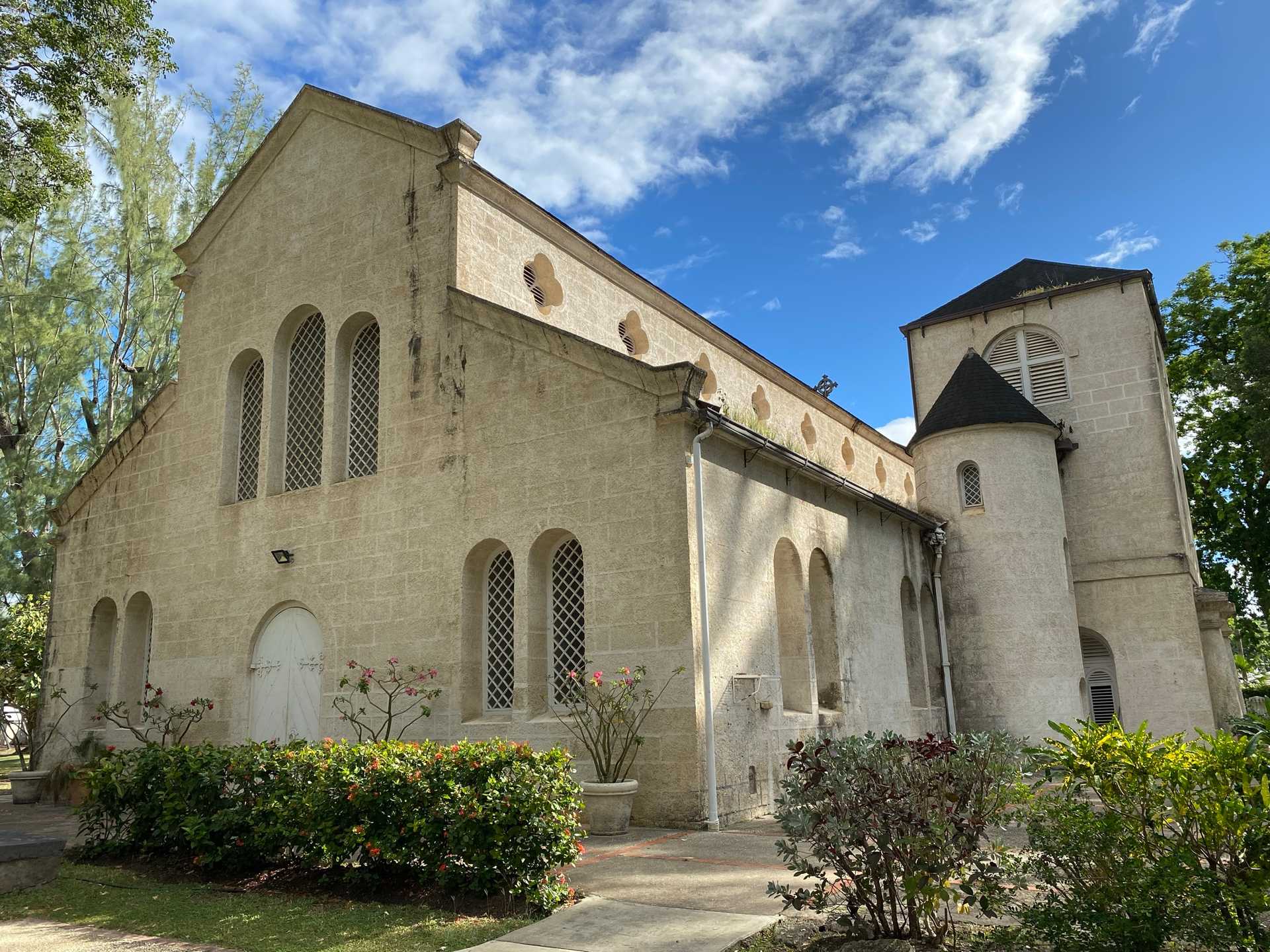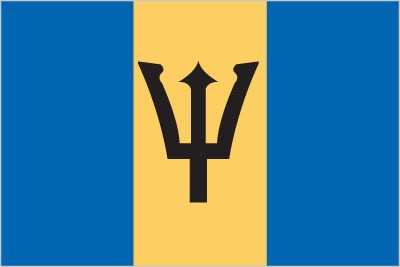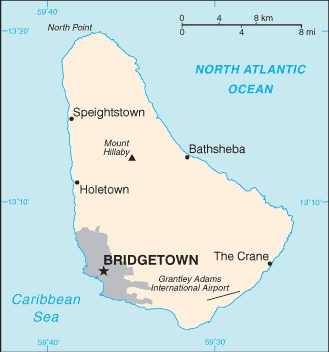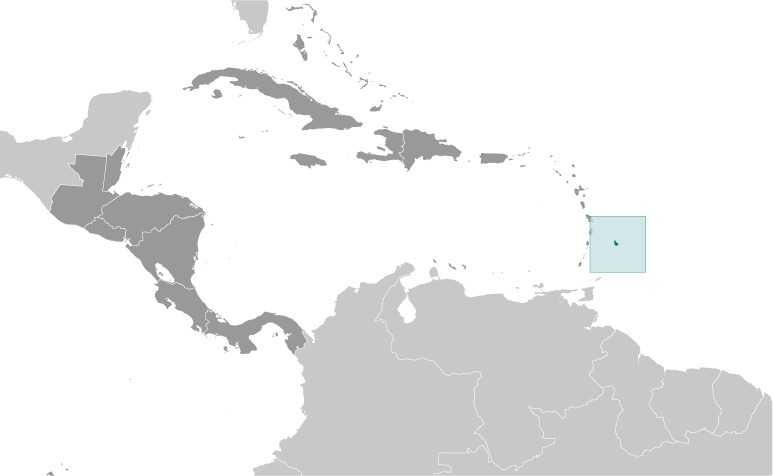Introduction
Visit the Definitions and Notes page to view a description of each topic.
Geography
People and Society
Population
comparison rankings: total 181; male 182; female 180
Median age
comparison ranking: total 50
Population growth rate
comparison ranking: 173
Birth rate
comparison ranking: 172
Death rate
comparison ranking: 83
Net migration rate
comparison ranking: 112
Maternal mortality ratio
comparison ranking: 112
Infant mortality rate
comparison ranking: total 137
Life expectancy at birth
comparison ranking: total population 68
Total fertility rate
comparison ranking: 163
Obesity - adult prevalence rate
comparison ranking: 69
Alcohol consumption per capita
comparison ranking: total 22
Tobacco use
comparison ranking: total 157
Education expenditure
comparison ranking: Education expenditure (% GDP) 124
Environment
Carbon dioxide emissions
comparison ranking: total emissions 166
Government
Economy
Real GDP (purchasing power parity)
comparison ranking: 180
Real GDP growth rate
comparison ranking: 84
Real GDP per capita
comparison ranking: 102
Inflation rate (consumer prices)
comparison ranking: 2
GDP - composition, by sector of origin
comparison rankings: agriculture 153; industry 171; services 22
Industrial production growth rate
comparison ranking: 152
Labor force
comparison ranking: 178
Unemployment rate
comparison ranking: 130
Youth unemployment rate (ages 15-24)
comparison ranking: total 39
Gini Index coefficient - distribution of family income
comparison ranking: 84
Public debt
comparison ranking: 6
Taxes and other revenues
comparison ranking: 17
Current account balance
comparison ranking: 106
Reserves of foreign exchange and gold
comparison ranking: 132
Energy
Electricity
comparison rankings: installed generating capacity 163; consumption 161; transmission/distribution losses 40
Energy consumption per capita
comparison ranking: 72
Communications
Telephones - fixed lines
comparison ranking: total subscriptions 132
Telephones - mobile cellular
comparison ranking: total subscriptions 179
Broadband - fixed subscriptions
comparison ranking: total 131
Transportation
Merchant marine
comparison ranking: total 59




